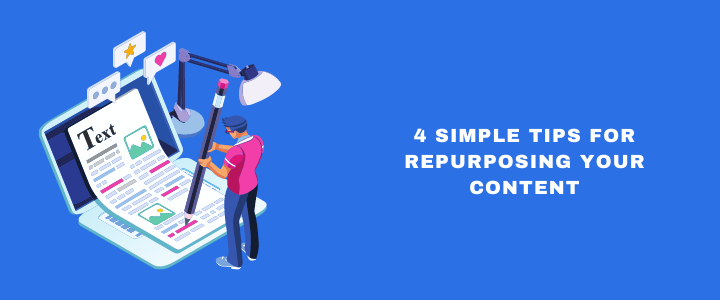
Continuously and frequently creating content that drives social channels is a challenge for organizations of all sizes, not just small businesses.
When you take the time to create something, you want to get as much mileage from it. How can you do this?
One way is to find new ways to share with the audience. To do this, you need to start by understanding what is in the content stack.
Consider the following questions:
- What kind of content do you have? (For example, do you have more blog posts or operation videos?)
- Since it was first shared with the audience, which content has received the most engagement?
Answering these questions will help you understand the options for repurposing content.
Next, you need to know your goals. The repurposed content should help you get new eyeballs on blog posts, videos, guides, infographics, and other materials.
Don’t be afraid of repetition, but make sure that every piece of repurposed content you share provides new value.
You can breathe new life into your content in the following four ways.
Tip #1 – Turn quotes into visuals
If you have interviewed someone for a blog post or case study, why not cite their most powerful quotes and create a series of graphics to share on social?
Studies consistently show that social media posts with visual effects are 2.3 times more engaged than posts without visual effects.
Tip #2 – Trim down videos into short snippets
The social attention span may make it difficult for your followers to interact with long videos. So, shrink your full-length video to shorter, more digestible clips.
You can use them to promote the original videos or launch them as a separate series. (Don’t forget to add subtitles!)
Tip #3 – Convert a blog post into a webinar
Turn your best-performing blog posts into webinars. Blog posts can be excellent webinars because they tend to focus specifically on one topic and cover it from multiple perspectives.
You can even invite other brands to co-host and co-promote webinars with you.
Tip #4 – Use internal data to create case studies.
If your brand is marketing to other companies, then your audience is likely to be eager for new data to inform their own content creation and business strategies.
If it sells to consumers, facts and data can help people provide the information they need to move forward in the sales funnel.


